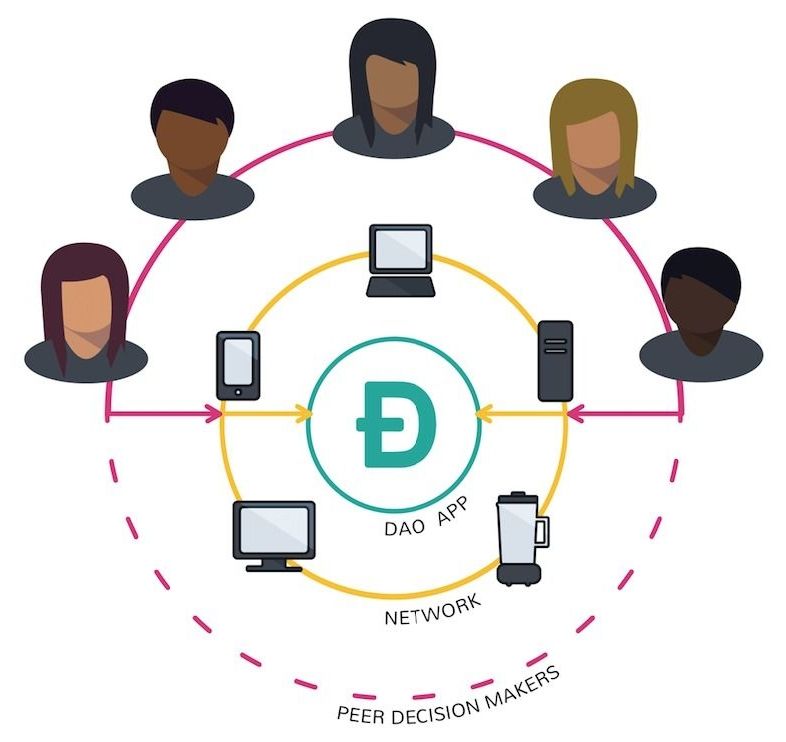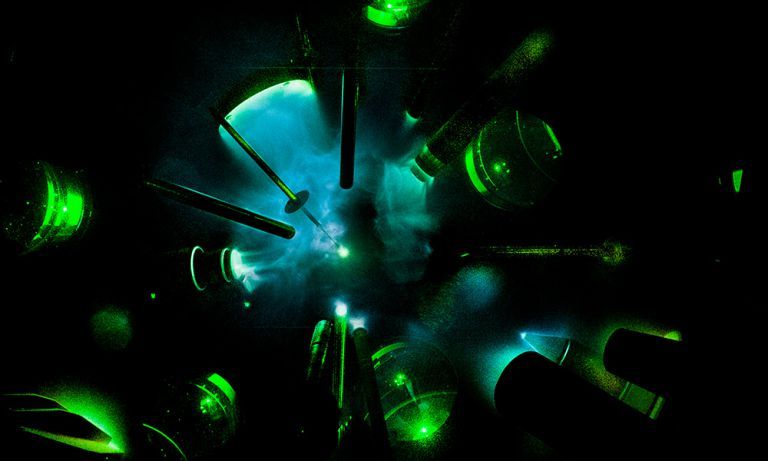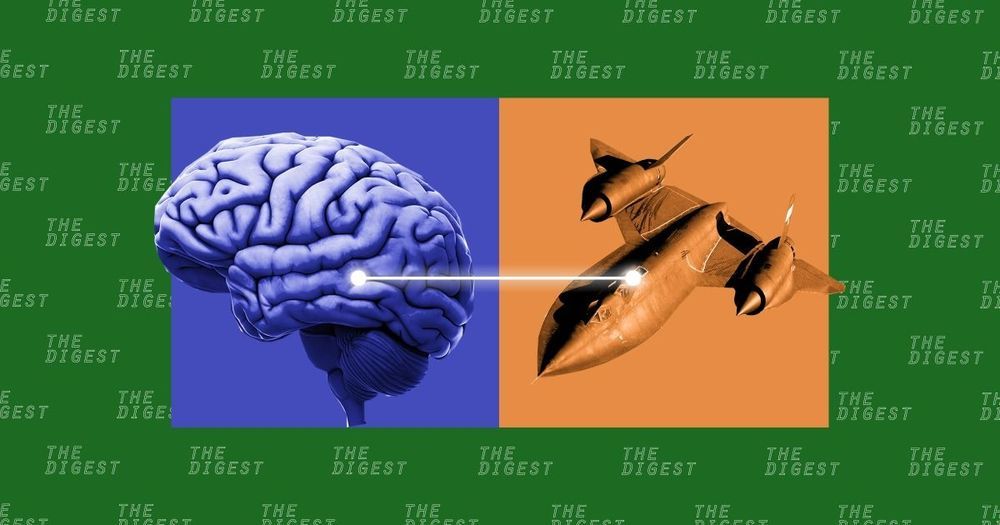A team of scientists have made a new discovery about naturally occurring magnetic materials, which in turn could lead to the development of nanoscale energy sources used to power next generation electronic devices. Researchers from Japan’s Okayama University and UC Riverside’s Bourns College of Engineering worked together to study the gumboot chiton, a type of mollusk that produces teeth made of the magnetic mineral magnetite, in hopes of better understanding its genetic process.
Get the latest international news and world events from around the world.


What is a DAO?
Imagine this: a driverless car cruises around in search of passengers.
After dropping someone off, the car uses its profits for a trip to a charging station. Except for it’s initial programming, the car doesn’t need outside help to determine how to carry out its mission.
That’s one “thought experiment” brought to you by former bitcoin contributor Mike Hearn in which he describes how bitcoin could help power leaderless organizations 30-or-so years into the future.

The US Army Is Equipping Soldiers With Pocket-Sized Recon Drones
The U.S. Army has placed a $39 million order for tiny reconnaissance drones, small enough to fit in a soldier’s pocket or palm.
The idea behind the drones, which are made by FLIR Systems and look like tiny menacing helicopters, is that soldiers will be able to send them into the sky of the battlefield in order to get a “lethal edge” during combat, according to Business Insider.

Laser Scientists Just Tripled Their Fusion Power Yield
Fusion power — the process that keeps stars like the Sun burning — holds the promise of nearly unlimited clean power. But scientists have struggled for decades to make it a practical energy source.
Now, laser scientists say a machine learning breakthrough has smashed the standing record for a fusion power yield. It doesn’t mean fusion power is practical yet, but the prestigious journal Nature called the result “remarkable” and wrote that it has “major implications” — so, at the very least, it’s another hint that the long-deferred technology is starting to come into focus.


Building a Marsbase is a Horrible Idea: Let’s do it!
This animation video provides a good summary, about the challenges that need to be solved in order to establish an outpost on #Mars
To support Kurzgesagt and learn more about Brilliant, go to https://www.brilliant.org/nutshell and sign up for free. The first 688 people that go to that link will get 20% off the annual Premium subscription.
Get your Mars Base Poster here: https://standard.tv/collections/in-a-nutshell/products/in-a-nutshell-mars-poster
Humans love to explore. Strangely enough even horrible places – like Mars. Let’s see how building a Mars base could work and how insanely nerve-wracking exactly it would be.
Sources & Further Reading:

The Search for New Physics & CERN’s FCC Future Circular Collider
It is a few years since I posted here on Lifeboat Foundation blogs, but with the news breaking recently of CERN’s plans to build the FCC [1], a new high energy collider to dwarf the groundbreaking engineering triumph that is the LHC, I feel obliged to write a few words.
The goal of the FCC is to greatly push the energy and intensity frontiers of particle colliders, with the aim of reaching collision energies of 100 TeV, in the search for new physics [2]. Below linked is a technical note I wrote & distributed last year on 100 TeV collisions (at the time referencing the proposed China supercollider [3][4]), highlighting the weakness of the White Dwarf safety argument at these energy levels, and a call for a more detailed study of the Neutron star safety argument, if to be relied on as a solitary astrophysical assurance. The argument applies equally to the FCC of course:
The Next Great Supercollider — Beyond the LHC : https://environmental-safety.webs.com/TechnicalNote-EnvSA03.pdf
The LSAG, and others including myself, have already written on the topic of astrophysical assurances at length before. The impact of CR on Neutron stars is the most compelling of those assurances with respect to new higher energy colliders (other analogies such as White Dwarf capture based assurances don’t hold up quite as well at higher energy levels). CERN will undoubtedly publish a new paper on such astrophysical assurances as part of the FCC development process, though would one anticipate it sooner rather than later, to lay to rest concerns of outsider-debate incubating to a larger audience?
